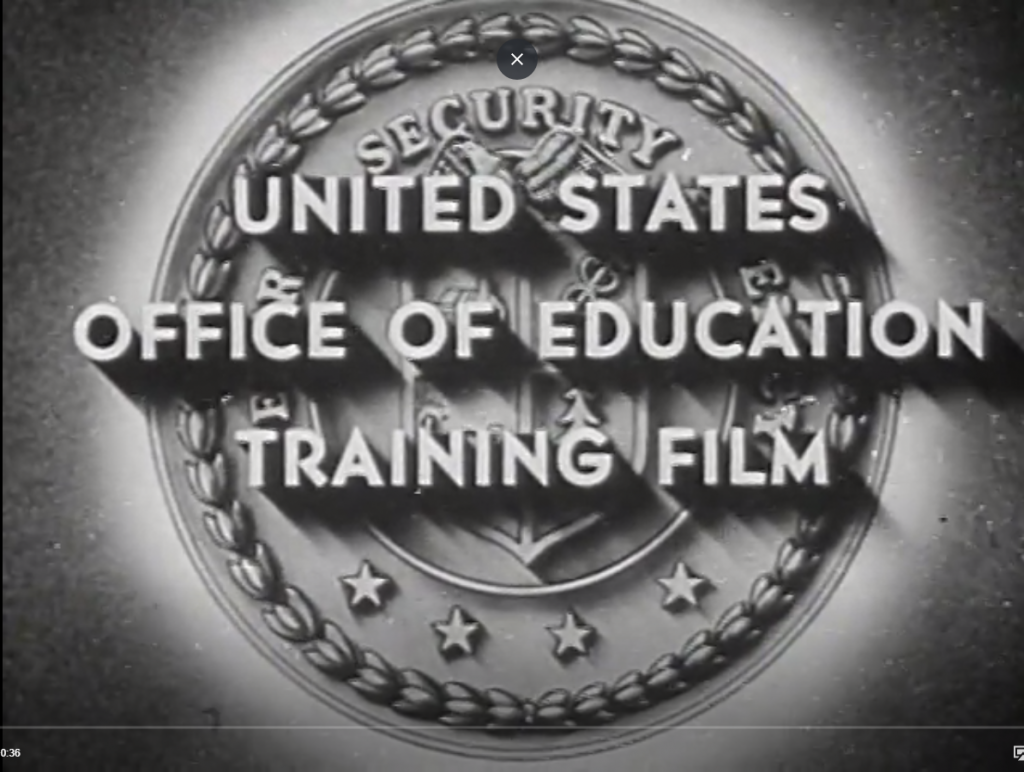Background
As the United States entered World War II, millions of men from across the country left their jobs to join the armed services. This created a massive labor shortage in both private and government industries. Although the government and society worked hard to keep women in the home through the Great Depression, the war made it necessary for women to do the opposite. During World War II, over six million women took paid jobs for the first time in their lives. By July 1944, they made up 35 percent of the American workforce. In many cases, protective laws were temporarily lifted so that women could do work once unavailable to them.
Women took jobs of all kinds during the war, but factories had the biggest demand. Women built everything—from airplanes and battleships to gas masks and parachutes. They also worked in non-war industries such as car and appliance manufacturing.
Although women entered factories in large numbers, the transition to women workers was not always easy. Both employees and supervisors felt anxiety. Most women workers needed to quickly acquire new skills around dangerous equipment quickly. And most male supervisors needed to learn how to work with different employees.
About the Image
The federal government distributed this training film to companies producing war-related materials. The film was intended to teach male managers how to manage women in the workplace. Although it was intended to be helpful, it includes many sexist ideas and stereotypes about women.
Vocabulary
- manufacture: Build or create in a factory.
- manager: A boss or supervisor.
- sexist: Prejudice or discrimination on the basis of a person’s sex.
Discussion Questions
- This film is part of a series entitled Problems in the Work Place. What does this tell you about how women were perceived as they entered the war workforce?
- Who is the intended audience for this film? How can you tell?
- What is this film about? What is the overarching message for the viewer?
- How are the women depicted in this film? What does this tell you about the challenges they might have faced in real work places?
- Despite the stereotypes, what do you learn about the type of work women did in industrial workplaces? What do you think this work was like for these women?
- A section of the film shows the manager at home with his wife. What is the point of this section? What does the manager learn from his wife and how? What do you learn about challenges working women faced when they were at work?
- What is your overall impression of this film? To what extent is it respectful of women war workers? To what extent does it promote negative stereotypes that would have made their work difficult?
Suggested Activities
- Lesson Plan: In this lesson designed for eleventh grade, students will learn about the experiences of women who entered the industrial workforce during World War II through a close analysis of propaganda.
- Connect this film to the recruitment posters and the photographs of African American women working in factories. How do these resources create a more complete perspective on war work? How did the ideal compare to the reality? What challenges did women face?
- Consider the many ways women contributed to the war effort. Combine this film with the recruitment posters, the letter from a nurse, the WAACs and WAVES articles and the homemakers guide poster. How did each type of work contribute to the greater good? What sacrifices did each kind of woman make?
- Grace Thorpe briefly worked in a Ford motor plant before joining the WAACs. View this film and then read her life story. How does this film deepen your understanding of what she might have experienced as a war worker?
- Learn more about women’s work in factories, with a particular focus on the Brooklyn Navy Yard, by exploring resources in the WWII & NYC curriculum guide.
Themes
WORK, LABOR, AND ECONOMY







